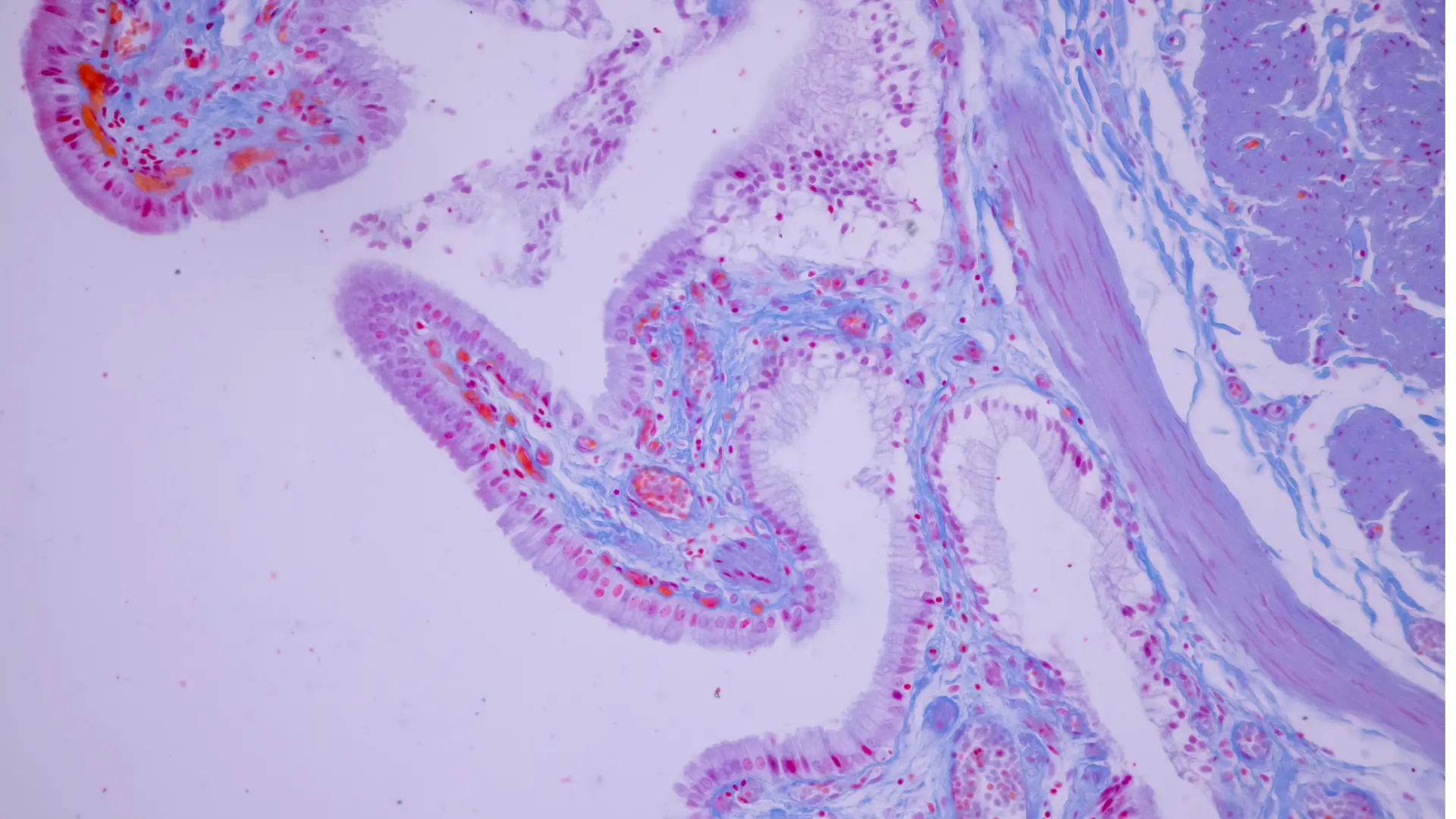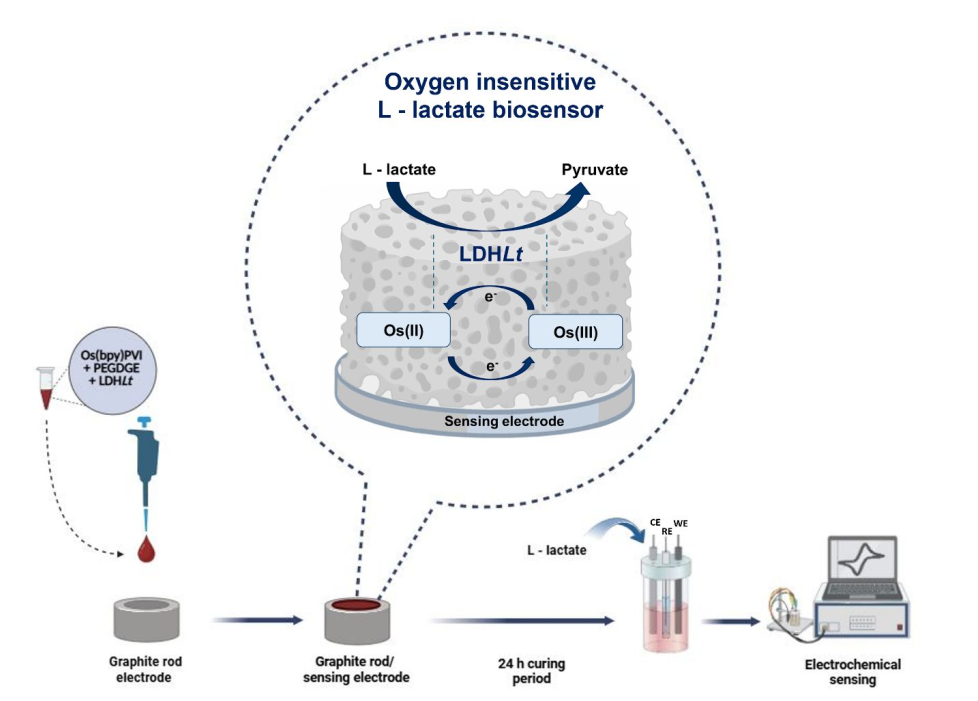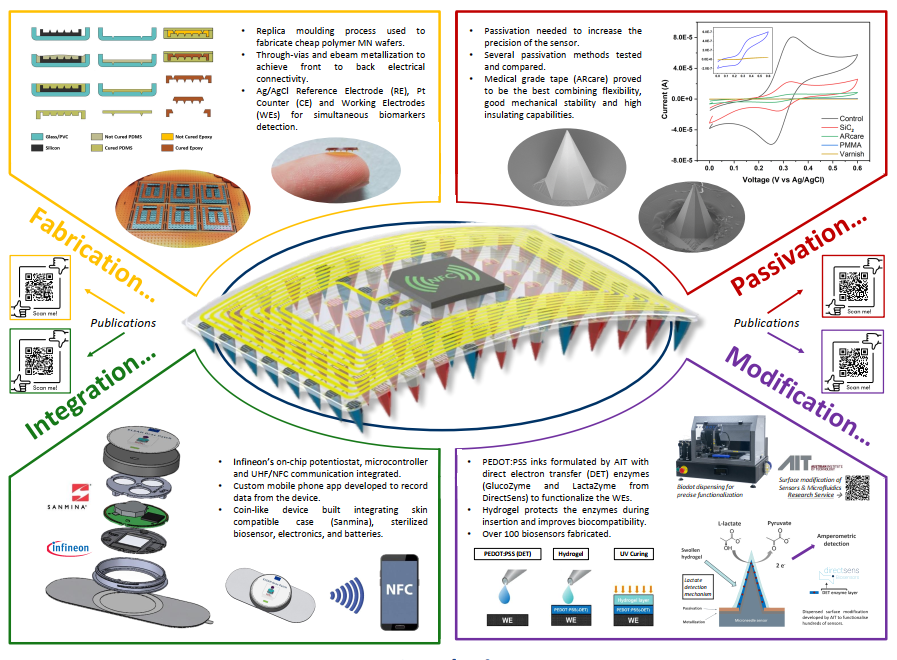Imagine if you could conduct complex biochemical reactions without relying on oxygen—a key player in many biological processes. Sound impossible? Well, thanks to advances in enzyme technology, this is becoming a reality. Enter the world of oxygen-independent enzymes, an exciting development that’s set to revolutionize biotechnology and medical diagnostics.
Oxygen-Independent Enzyme Technology
Historical Context and Development
Understanding In-Vivo Monitoring
In-vivo monitoring is a critical tool in medical diagnostics and research, allowing scientists and doctors to track biological processes in real-time within a living organism. It’s like having a window into the body, providing invaluable data on everything from tissue health to disease progression. But like any technology, it has its challenges—particularly when relying on oxygen-dependent enzymes.
Challenges in Traditional In-Vivo Monitoring
Innovations in Enzyme Engineering for Oxygen-Independent Functionality
Recent advances in enzyme engineering have propelled the development of these oxygen-independent enzymes even further. Techniques like genetic modification, protein engineering, and synthetic biology have been used to fine-tune enzyme properties, making them more efficient, stable, and adaptable. For example, scientists have used directed evolution—a process that mimics natural selection in the lab—to create enzymes with enhanced oxygen-independent functionality. These innovations are paving the way for more effective in-vivo monitoring and other applications where oxygen-independent enzymes could make a significant impact.



